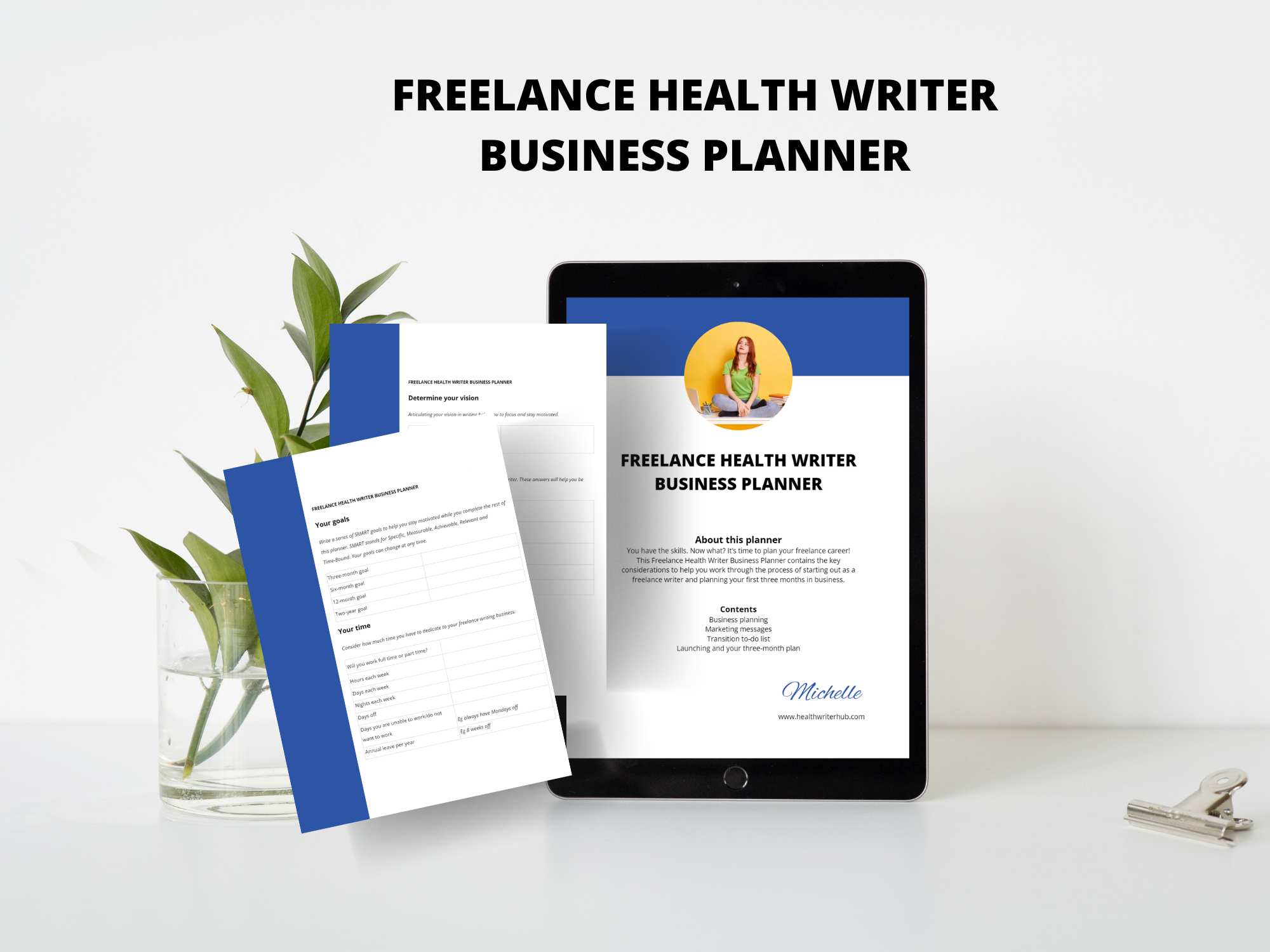If you write for the web, you need to be aware of how people read online content and the page areas their eyes focus on.
Mobile technology and screens have changed the way people read. Research has found people who are reading text online use different eye tracking movements compared to when they read text in print publications.
Let’s take a closer look at a few studies about how people generally read your online content.
People read online content by scanning
You may be surprised to learn that only about 16% of your online text will be read word by word.
According to a 2008 study of the natural habits of web use, online readers browse and scan web content, usually with many tabs open at one time. Given the study was conducted eight years ago, it’s likely that reading online content by scanning has become even more common today.
While it can be frustrating or annoying to think that not all the content you write is read properly (especially if you have put in a lot of effort to produce high-quality health articles) it’s important to be aware of this trend.
So how can you create scannable content? Some tactics include:
- Writing shorter articles
- Breaking up walls of text with headings, subheadings and bullet lists
- Sticking to one idea per paragraph
- Using shorter sentences
- Highlighting keywords in bold – you can use hyperlinks as a way to highlight keywords too
- Beginning your articles with your conclusion or most compelling facts
Adapt to fast reading patterns
When scanning or browsing webpages, eye tracking visualisation studies have found the main reading pattern is a rough F-shaped pattern.
You may have already heard of the F-shaped pattern of reading, but to understand how the pattern works, there are three components to how people read:
- In a horizontal movement first, usually across the upper part of the webpage.
- Followed by a second horizontal movement about one-third down the page, which is usually shorter than the first.
- A vertical eye movement down the left-hand side is the third component – forming the ‘F’ shape.
![]() Source: https://media.nngroup.com/media/editor/alertbox/f_reading_pattern_eyetracking.jpg
Source: https://media.nngroup.com/media/editor/alertbox/f_reading_pattern_eyetracking.jpg
This pattern of reading makes it easy to understand where to write your most important content. Research in eye gaze patterns also supports using your first two paragraphs to contain your most important information to hook in your audience and keep them reading.
As the F-shaped pattern suggest readers tend to scan down the left side of the webpage, you could also start paragraphs and bullet points with key information and words.
The pattern can also help you decide where to put a call to action in your writing.
Make your content attractive
Online readers consume their written content quickly. And it can be read within a matter of seconds, which is confirmed by website analytics and the average time users are staying on pages.
Research from the Missouri University Science and Technology has found the relationship between a readers’ first impression of a website and their eye movements is based on an initial gaze that looks for well-organised scan paths.
The eyes will fixate on words that are surprising, salient or relevant for the readers’ experience.
This means information on your page needs to flow and content should be broken up into noticeable portions rather than chunks of text.
To catch your readers’ attention, you can try a few techniques to break up your writing and guide their eyes through the text on the webpage, such as using:- Different fonts
- Bold typeface
- Headings
- Subheadings
- Bullet points
Do you have any helpful tips to share about how people read your online content?

